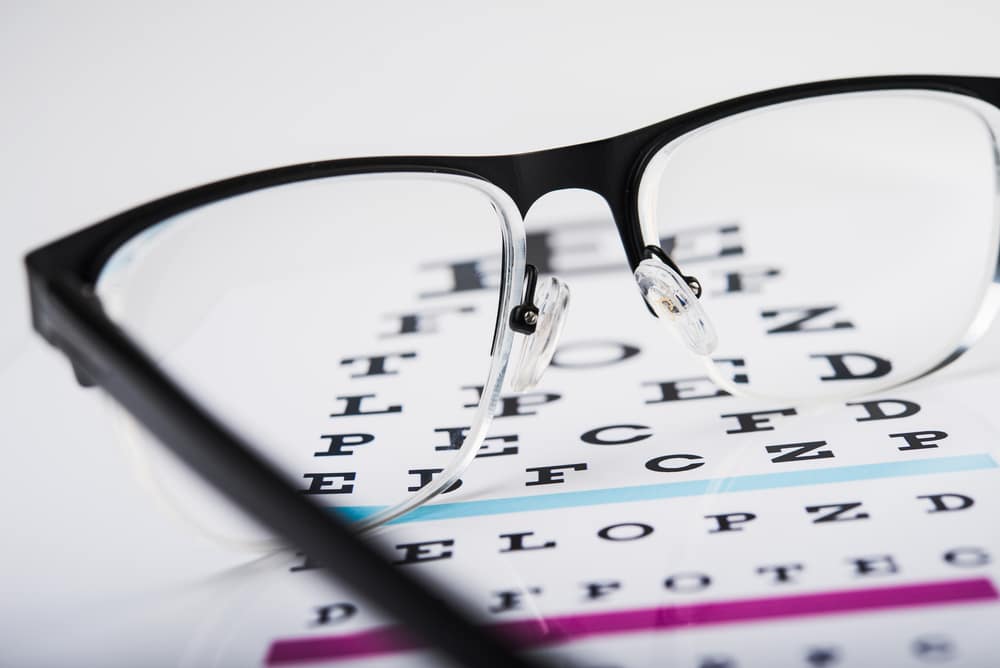
“20/20” refers to the distance at which you’re able to see relative to a ‘normal’ standard. When you go into your optometrist for an eye exam, you’re placed 20 feet away from the chart. It measures your vision against a ‘normal’ standard and assigns a number to you relative to that of the standard. The Snellen chart bases its readings on distance. The test with which visual acuity is typically measured is called the ‘Snellen chart’ (which has an enormous ‘E’ at the top). SEE ALSO: Use our colorblind test to check your eyes But, what does ’20/20′ actually refer to? Vision Aware.When people talk about perfect eyesight, they often refer to it as ‘2020 vision.’ It’s the same note you can see next to the smallest line on an eye test. American Foundation for the Blind (AFB).Īll About the Eye Chart. Low Vision and Legal Blindness Terms and Descriptions. Centers for Disease Control and Prevention (CDC).
#Eye 2020 vision how to#
To better understand your visual acuity and how to manage your visual needs, talk to your eye doctor and schedule a comprehensive eye exam. The lower your functional vision, the harder it will be to do daily activities and perform everyday tasks without low vision aids, specialized tools, or services.

Low vision testing will typically involve finger counting or specialized exams to determine visual acuity below 20/400, as you will be unable to read a standard eye chart.Ī visual acuity of 20/400 is very low functional vision. Visual acuity between 20/200 and 20/400 is classified as severe vision loss, and anything below 20/400 is considered profound vision loss. A specialized eye chart can also give you more precise results between 20/100 and 20/200. It will take a specialized low vision eye chart to determine your exact visual acuity if it’s worse than 20/200. If you cannot read the first line, your visual acuity is at least 20/200 and potentially worse. If you can read the second line from 20 feet away but not the first, your visual acuity is 20/100. This means that you will need to be 20 feet away to see something as clearly as someone with normal vision can see with the same clarity at 100 feet away. The first line on the Snellen Eye Chart is for 20/200 vision, while line 2 is for 20/100 visual acuity. This means that from 20 feet away, you can read that line clearly without correction. Normal visual acuity is considered to be 20/20 vision, which is line 8 on the Snellen Eye Chart. Understanding the Differences Between 20/100, 20/200 & 20/400 Vision This constitutes tunnel vision, as you will have trouble seeing things that are not directly in front of you. If your field of vision is 20 degrees or less, you are considered legally blind. There are alternate methods for testing visual field. Visual acuity eye charts test your central vision. The second part of the designation of blindness is based on your field of vision, which involves how well you can see to the sides without moving your eyes. If you are only able to see at 20/200 or lower, even with corrective lenses, you can be diagnosed as legally blind. Visual acuity is based on how well you can see out of your best eye and with standard corrective lenses, such as prescription eyeglasses or contact lenses. If you cannot read this line, it means that your visual acuity is 20/200 or worse, which is part one of the definition of legal blindness. On the Snellen Eye Chart, the first line typically contains only one letter and is the determination for 20/200 vision. Your visual acuity is based on when you can no longer read the lines. You will stand 20 feet away from the chart and read down the lines. This is based on a standard eye test using an eye chart like the Snellen Eye Chart. In the United States, the definition of legally blind is twofold. For example, 20/20 is considered perfect vision. The measurements of 20/100, 20/200, and 20/400 signify how well you can see things at distances of 20 feet with the lowest number being the best.
/eye-glasses-522400111-5aa14942875db9003771c494.jpg)
It will often require that you use alternative methods to perform daily tasks. Vision impairment, or a vision acuity of 20/100 or worse, can affect your functional vision and cause difficulties with seeing things at a distance. It is often mistakenly believed that someone who is blind cannot see anything at all however, this is not the case. One part of the definition of blindness is a visual acuity of 20/200 or less in the good eye with the best possible correction.


 0 kommentar(er)
0 kommentar(er)
